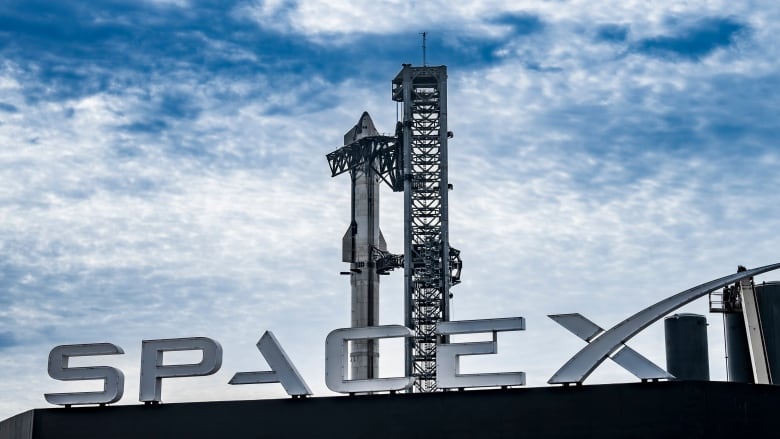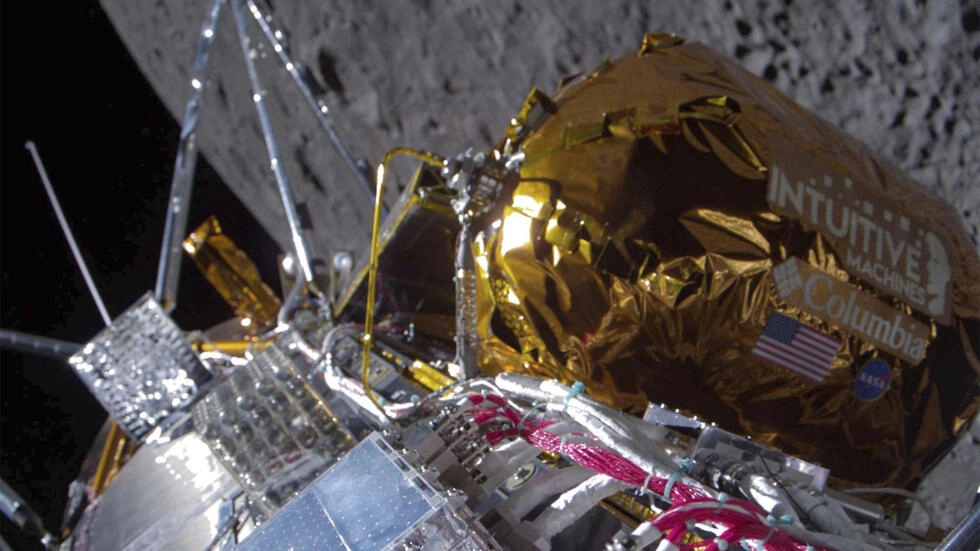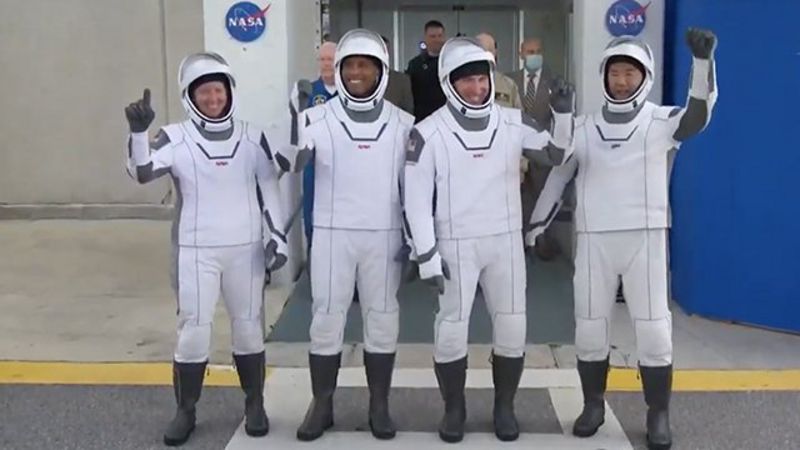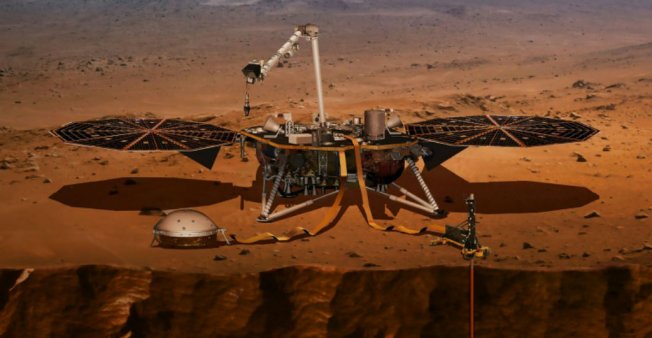This article is more than
5 year oldNASA’s incredible supersonic advance
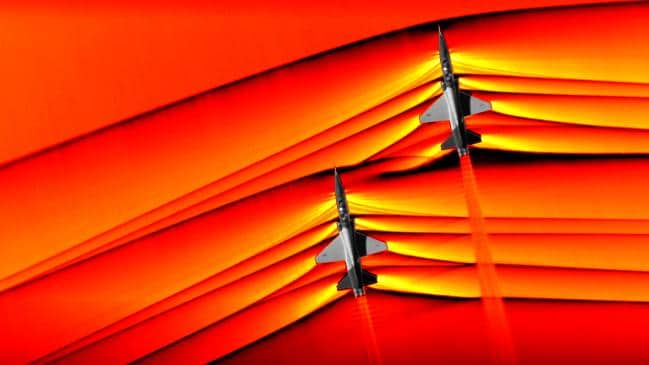
NASA has long wanted to better understand the finer details of how supersonic shockwaves work in order to design a better and quieter supersonic aircraft.
The space agency has achieved an important milestone in this quest that has been a decade in the making — and the visuals are absolutely stunning.
As part of its research, NASA has captured unprecedented photos it says are the first images of the interaction of shockwaves from two supersonic aircraft in flight.
The pictures show two T-38 supersonic jetliners tearing through the atmosphere and creating sonic shockwaves.
Thanks to some heavy-duty upgrades to their camera technology, NASA scientists could hardly believe what they saw when the images were developed.
“We never dreamt that it would be this clear, this beautiful,” said JT Heineck of NASA’s Ames Research Center in a statement.

Shockwaves are created by aircraft flying faster than the speed of sound. The shockwaves produced by aircraft merge together as they travel through the atmosphere and are responsible for what is heard on the ground as a loud sonic boom. Ultimately, NASA wants to design a supersonic aircraft that rumbles rather than booms when it crashes through the sound barrier.
The latest research will inform its plans to build its experimental X-59 QueSST quiet supersonic jet dubbed “the son of Concorde” which it began work on late last year.
According to NASA, the unique supersonic aircraft will “produce shockwaves in such a way that, instead of a loud sonic boom, only a quiet rumble may be heard”.
Once that is achieved, it could result in the scrapping of restrictions on supersonic flights over land.


The photos above were taken by sophisticated camera equipment that was upgraded to achieve a wider field of view and a frame rate to 1400 frames per second.
It was then placed on a plane that flew about 600 metres away from the two T-38 jets as they flew in formation less than 10 metres apart from each other.
“I am ecstatic about how these images turned out,” said Mr Heineck. “With this upgraded system, we have, by an order of magnitude, improved both the speed and quality of our imagery from previous research.”
For the first time, the interaction of the shocks can be seen in flight, NASA says.
“What’s interesting is, if you look at the rear T-38, you see these shocks kind of interact in a curve,” said Neal Smith, a research engineer with AerospaceComputing Inc. at NASA’s Ames fluid mechanics laboratory.
“This is because the trailing T-38 is flying in the wake of the leading aircraft, so the shocks are going to be shaped differently. This data is really going to help us advance our understanding of how these shocks interact.”
NASA says the data from the flights will continue to undergo analysis.

Keywords
Newer articles
<p>Kendrick Lamar has released a diss track attacking fellow rap star Drake, escalating their long-running feud.</p>
US Congress threatens ICC over Israel arrest warrants
Tiger’s heartbreaking daughter revelation
Rwanda must halt ‘support’ for M23 rebels, withdraw troops from DR Congo, says Macron
Tucker Carlson releases interview with Russian philosopher Aleksandr Dugin
Free Madonna concert draws crowd of 1.6m to Brazil’s Copacabana beach
Over half of Israelis believe Netanyahu should resign immediately - poll
Harvey Weinstein faces New York retrial after 2020 rape conviction overturned
US intel admits ‘potential for Russian military breakthrough’ in Ukraine conflict
Police make arrests in killing of B.C. Sikh activist Hardeep Singh Nijjar
